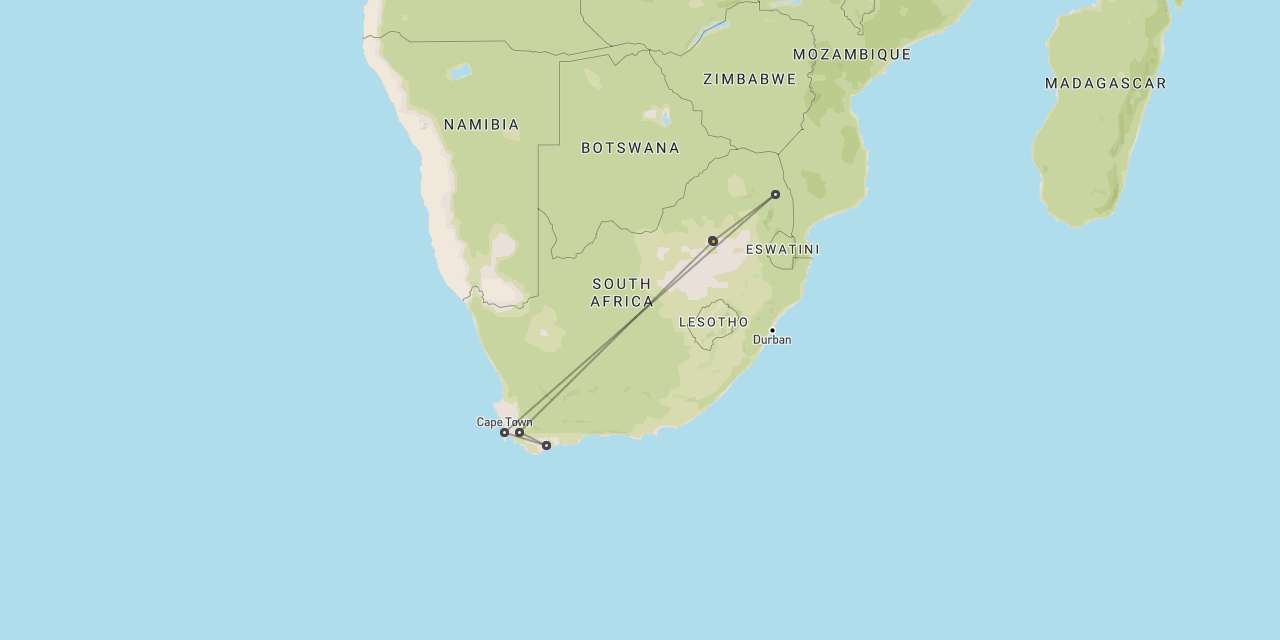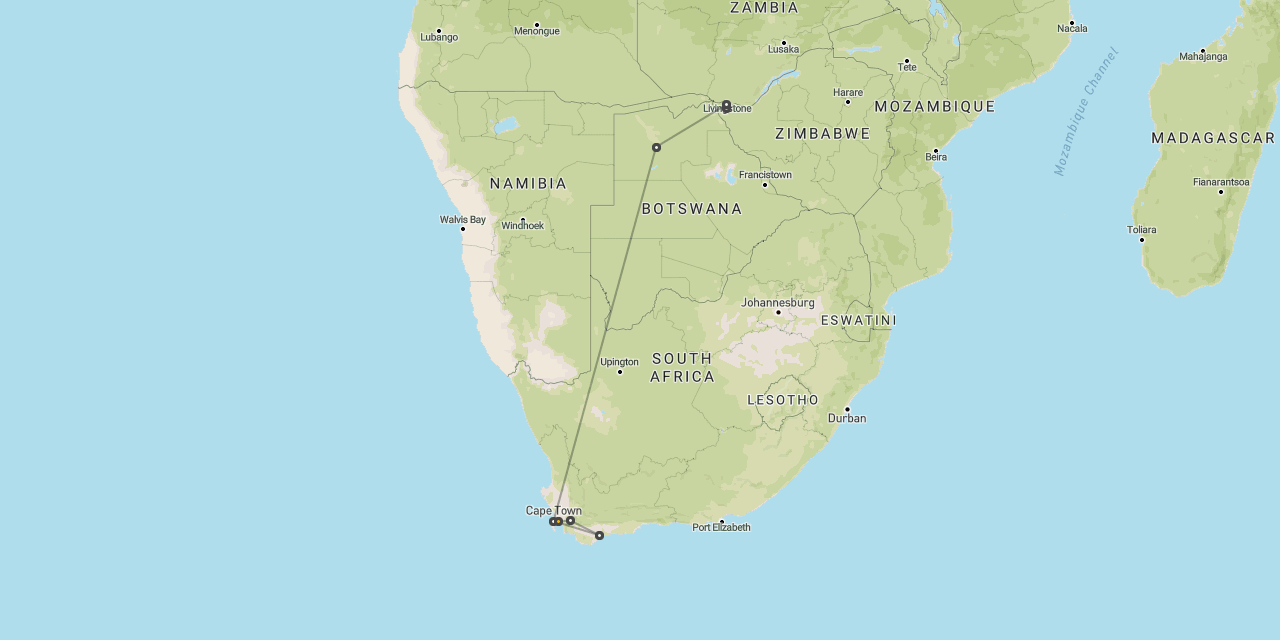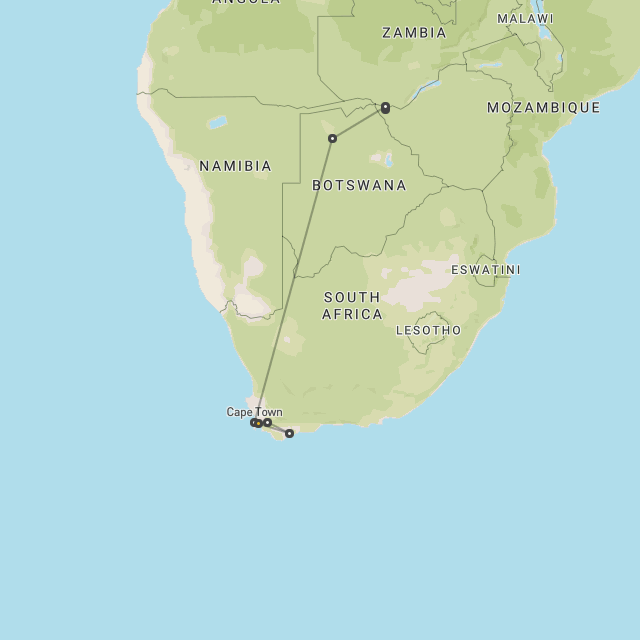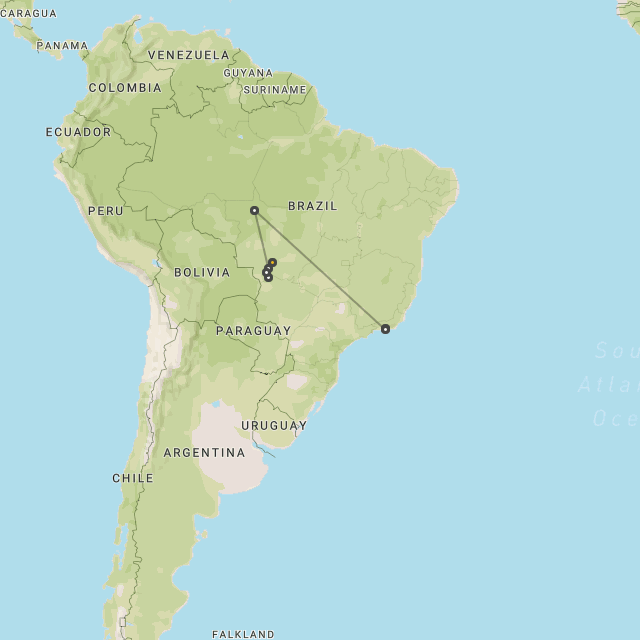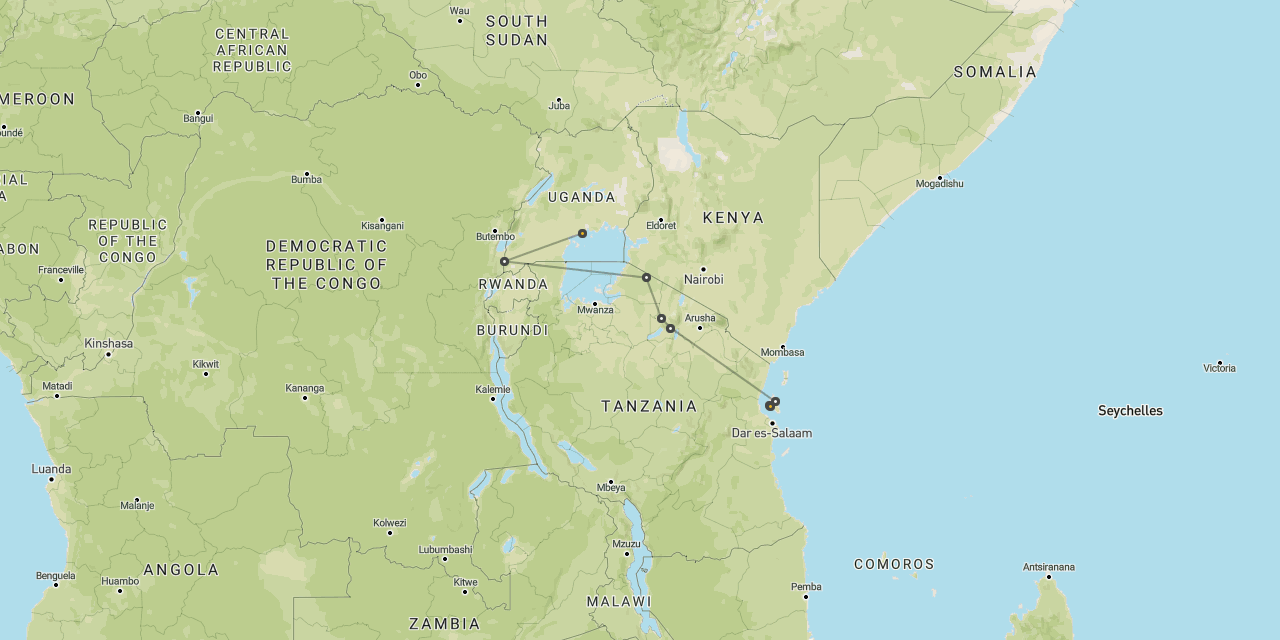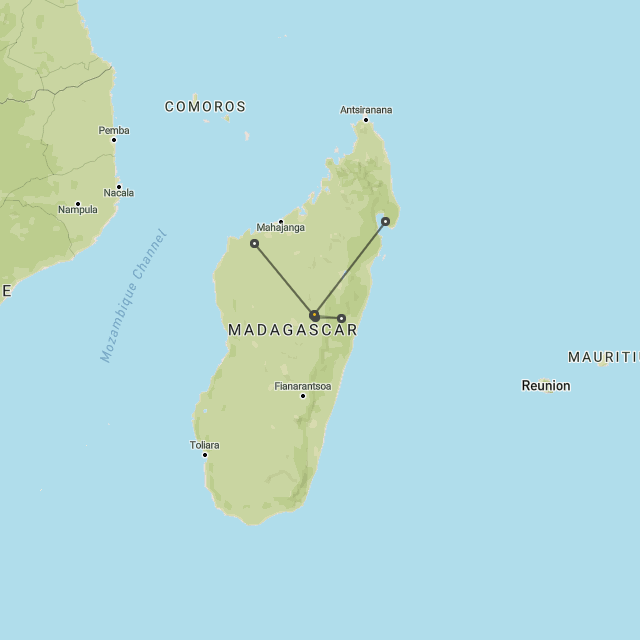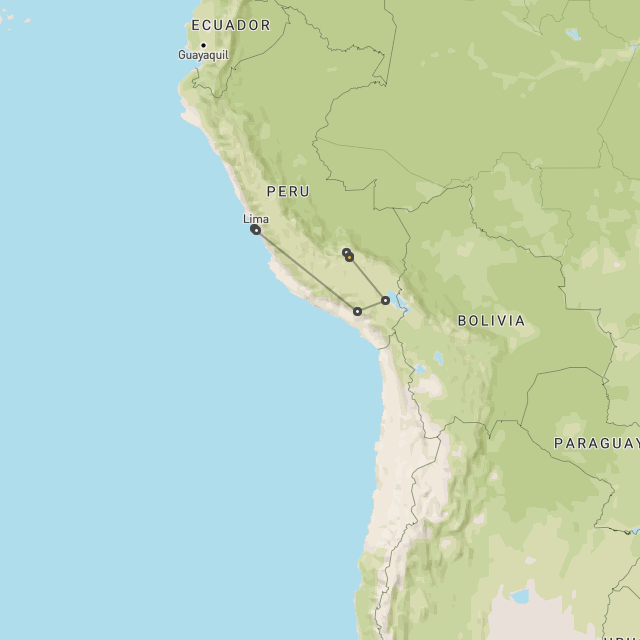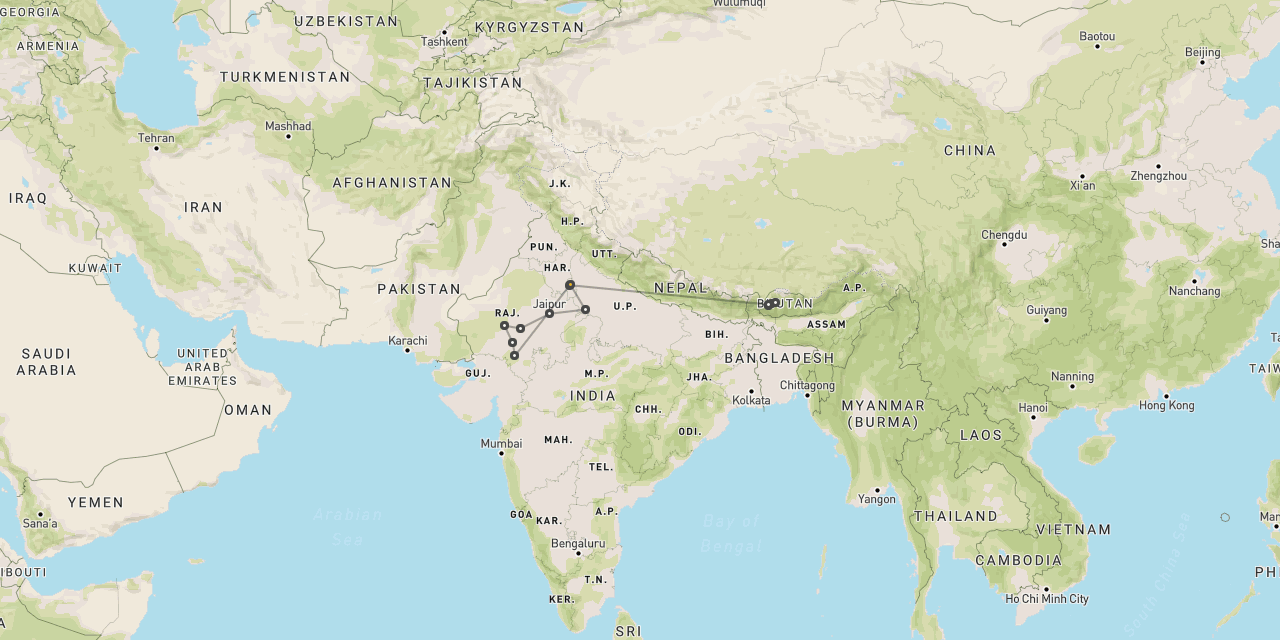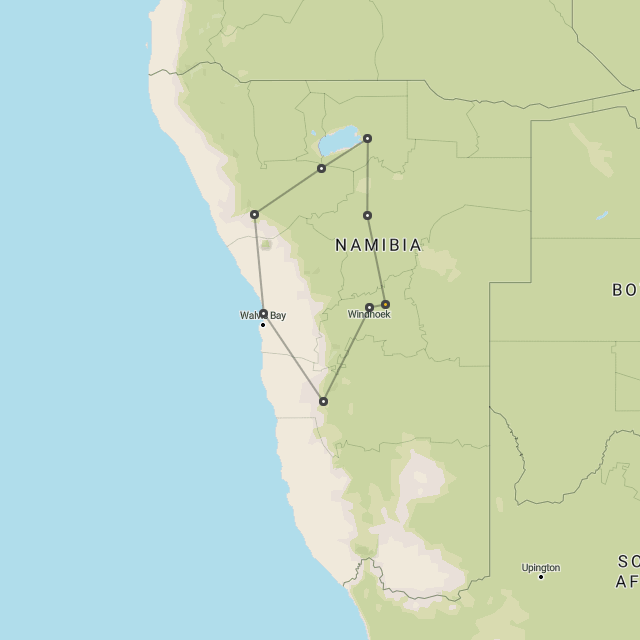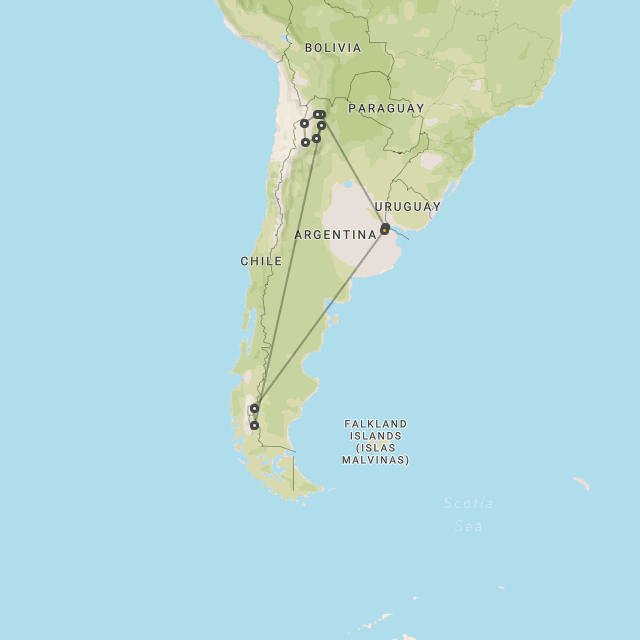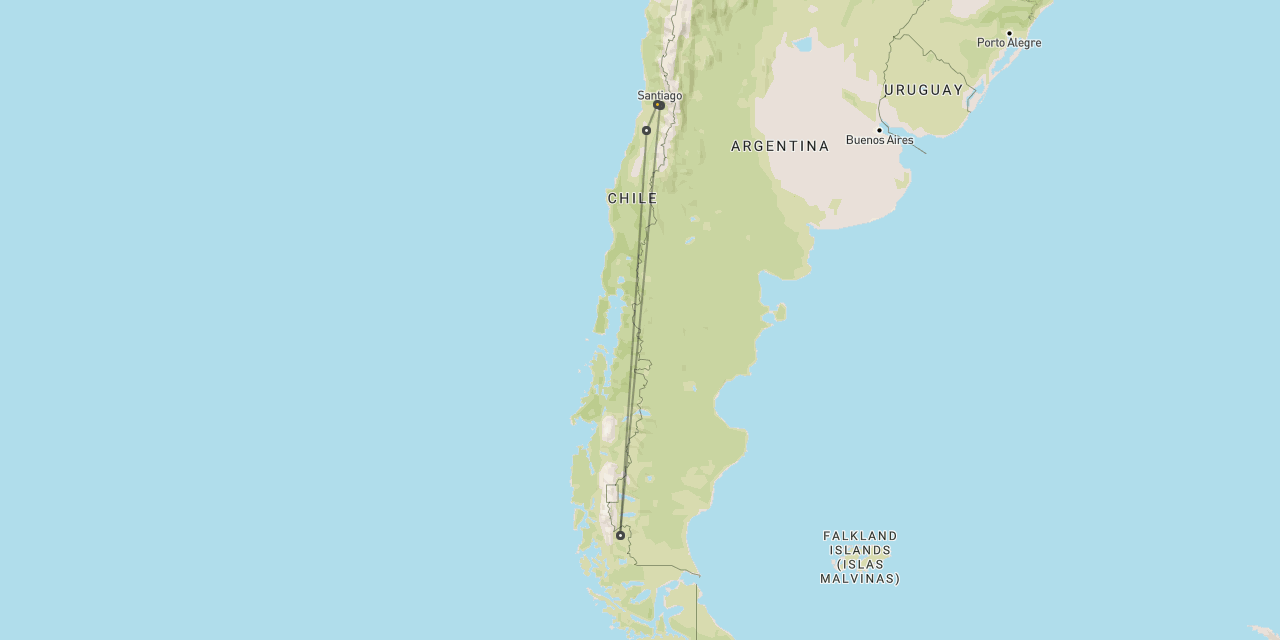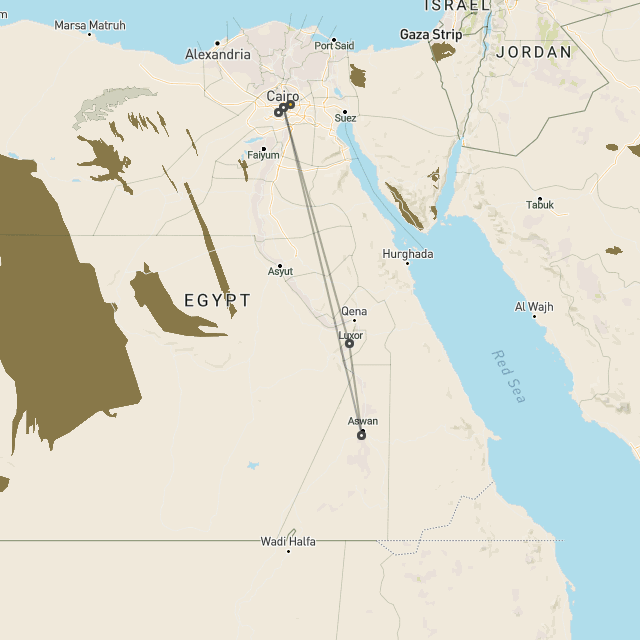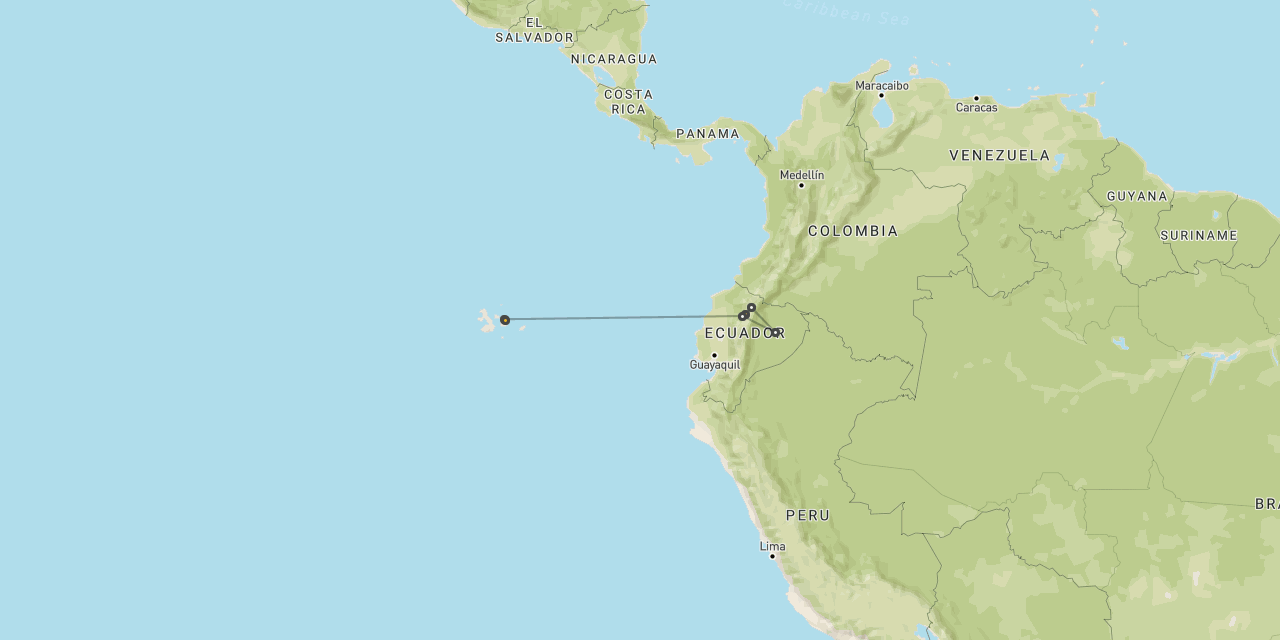- Africa
- Africa : 1 : Best countries for safari
- Africa : 2 : Best locations for safari
- Africa : 3 : The cost of safari
- Africa : 4 : Best time of year for safari
- Africa : 4a : Best locations in January
- Africa : 4b : Best locations in February
- Africa : 4c : Best locations in March
- Africa : 4d : Best locations in April
- Africa : 4e : Best locations in May
- Africa : 4f : Best locations in June
- Africa : 4g : Best locations in July
- Africa : 4h : Best locations in August
- Africa : 4i : Best locations in September
- Africa : 4j : Best locations in October
- Africa : 4k : Best locations in November
- Africa : 4l : Best locations in December
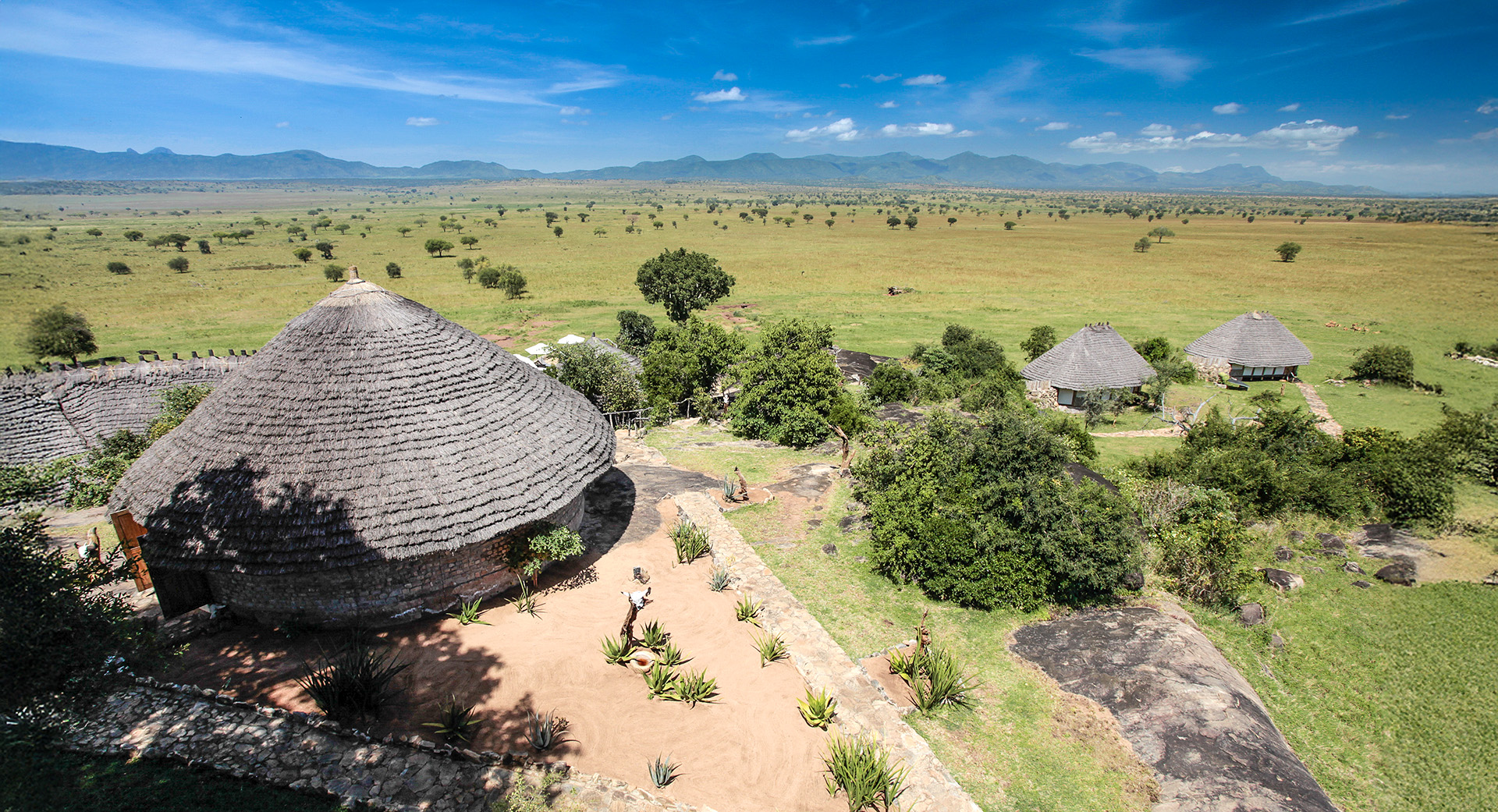
The best locations for safari in Africa in December
December
is a mixed season for safari,
but with some great options if you look carefully
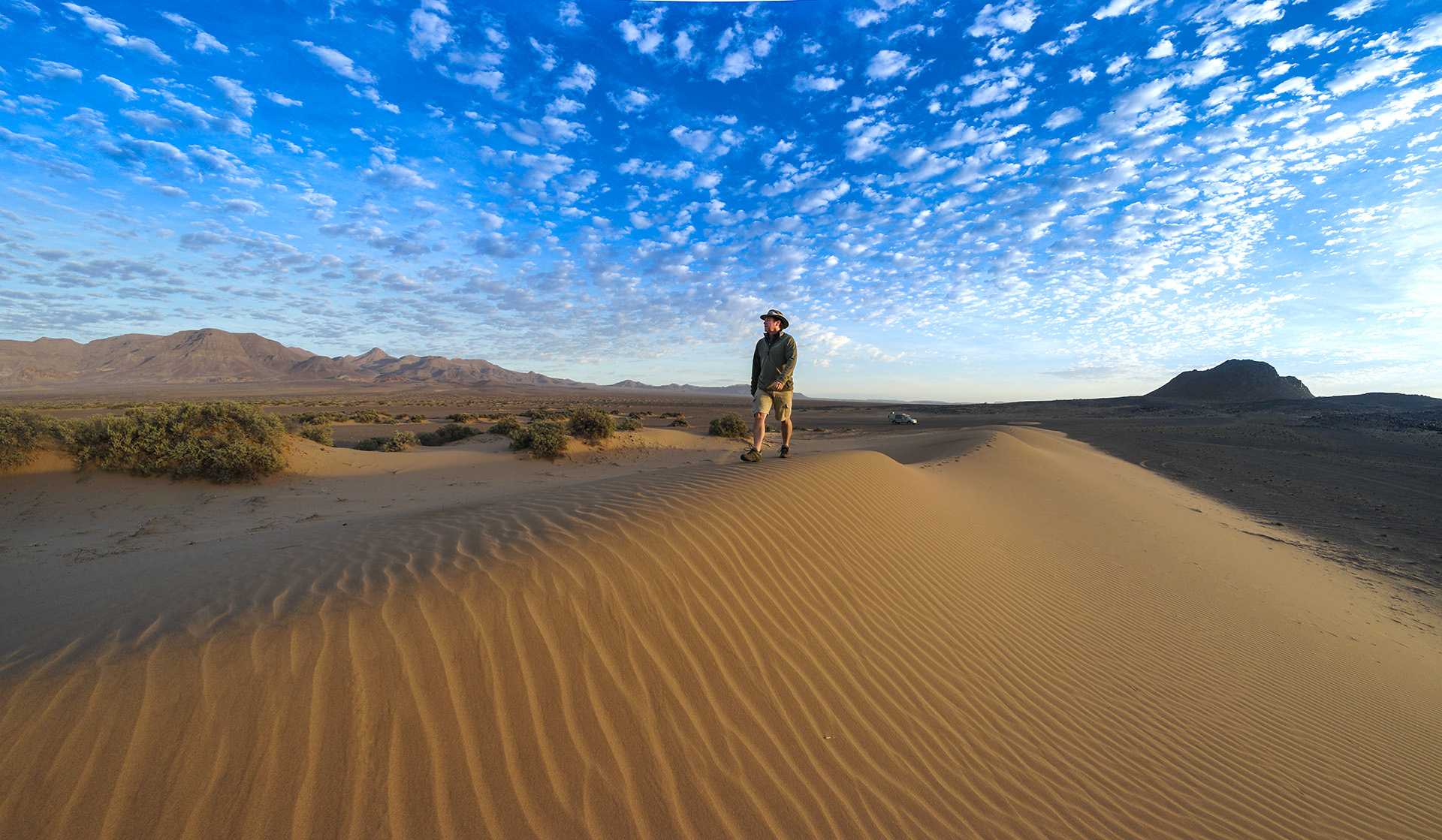
predictably busy during the second half of the month
December is generally considered to be a good time to visit Tanzania.
The weather in Tanzania during December can be quite unpredictable, although it is usually slightly better than November. Usually by the middle of the month the short rains have largely blown through and conditions should be returning.
Daytime temperatures should reach 30-35C/86-95F in most areas.
We have noted that El Nino years can deliver particularly heavy rains, causing chaos over the main holiday season. The last occasion was 2023-24 and they tend to happen on average every 3 years.
Safari in Tanzania in December should be very good to good. The usual course of events seems to be that the short rains in November and early December most often fail to deliver sufficient volumes to fill the seasonal pans out in the hinterland for any prolonged period. So, although the period can see animals moving away from permanent water sources, more often than not they are forced to return, or at least not stray too far. This means that wildlife viewing in December is generally pretty good in most areas, if not to the same remarkable levels of the dry season.
A major highlight is the arrival of the migration onto the southern plains of Serengeti. The timing of this event varies considerably year on year, but late December is probably the median. It all depends upon localised patterns of showers. If the rains are early, then the calving season may get underway before the end of the month.
Conditions on Kilimanjaro range from poor to very good. December is a split month. The first half usually offers up adverse conditions similar to those in November, whilst the second half tends to be much more like January. When this breakpoint will actually fall each year is quite tricky to predict. We tend to fully reopen our operations during the second week, warning trekkers that the first outing of the season can be a little tougher than usual. By the time the main bulk of visitors arrive for the Dec-Jan holiday period, conditions should hopefully be more favourable.
Visitor traffic in December ranges from very low to very high, it’s a very black and white month in this respect. Up to around the 18th, the place is virtually empty. Then, over the space of a few days, the holiday season traffic arrives and numbers jump to a year round peak.
If you can possibly shift your vacation forward by a few days then you will be rewarded by a much quieter and more peaceful visit. If you need to visit over the Christmas and New Year period then core areas such as the Ngorongoro Crater, Serengeti Central, Serengeti Southwest and Zanzibar will be busy and strategic planning will be needed to avoid the crowds.
Getting availability in the best lodges can be a real issue and booking at least eight months ahead is advised, especially for groups of four or more guests.
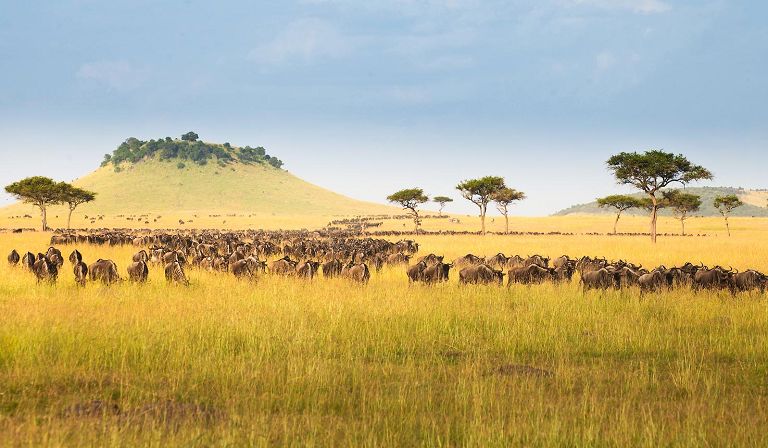
with careful planning, this is still a strong month
The Nov-Dec period marks the late dry season, the transition from the preceding cool dry season and the subsequent warm green season, with savanna safari conditions more likely to deteriorate slightly as the weeks pass.
The weather throughout this period should be warm and sunny, but with increasing chances of rain.
The concerns are not so much about the weather, but more about the effects of the arrival of the rains on the animal populations and wildlife viewing.
If the rains do not arrive early, then the favourable conditions of the preceding dry season will continue and wildlife viewing will remain superb.
But if the rains do arrive early, then a high proportion of the animals will move away from the permanent water sources in Etosha and go in search of better grazing in the hinterlands beyond. This can have a very negative effect on wildlife viewing inside the reserve, since these animals become very widely dispersed and move into areas which are not accessible to vehicles. It is possible to spend a whole day inside Etosha and not see a single elephant. The eastern side of the reserve is usually a better bet at this time, since the animals tend to head that way first.
These wildlife dispersal effects are also applicable to areas such as Damaraland North and Twyfelfontein, where the animals often move away from the riverbeds if there is sufficient rain to cover the surrounding hills with grass.
Obviously the later you visit during December, the greater the chances of rain. In our experience conditions usually remain pretty good until the middle of the month, but by Christmas there is a good chance things will be changing.
Temperatures in Etosha during the day average around 33C/91F at this time of year, dropping at night only to around 18C/64F. If there are only light rain showers the humidities can rise fast, making for uncomfortable conditions. No rain or heavy rain should lead to more comfortable conditions. Choosing a lodge with air-conditioning might be a good idea at this time. Areas further west tend not to become so hot and humid.
Visitor traffic tends to be relatively light at this time, all the way up to the middle of December, when the main holiday season kicks in, when traffic avoidance techniques (like staying on private reserves and visiting more remote areas) should be deployed.
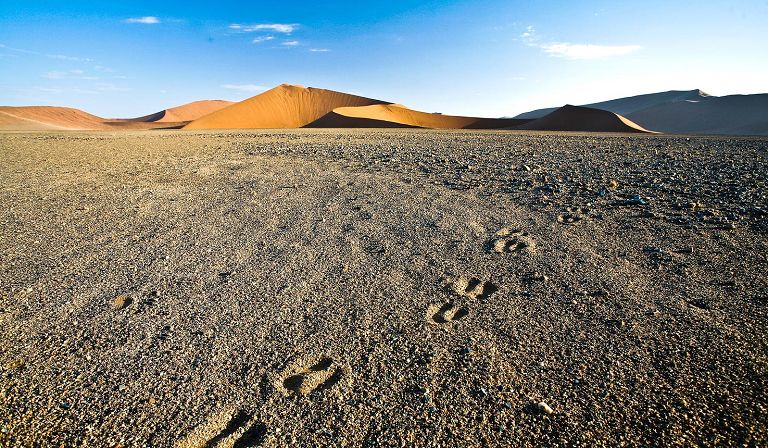
improving conditions in most areas, superb in Kidepo
December is generally considered to be a reasonable month to visit Uganda.
In the Bwindi Forest area, the temperatures are stable at around 22C (70F), but rainfall is falling slightly to around 100mm (4”) through the month.
This rainfall is around the annual average, but given the preceding wetter months, gorilla tracking is likely to remain slightly more difficult than usual.
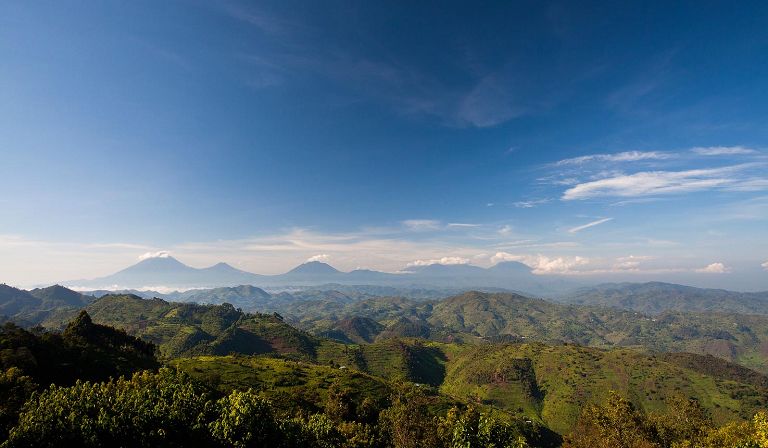
great in the Cape, not so good on safari
December is a good time of year in South Africa if you are prioritising weather conditions in the Cape, rather than in the safari areas.
The Cape (Cape Town, Whale Coast, Cape Winelands) is in early summer, which is a lovely time to explore.
The safari areas of South Africa (Kruger, Madikwe, Tswalu, Waterberg) are well into the rainy season, with an increasing probability of serious showers, which causes the animals to disperse, making sightings less predictable.
If you want to travel in December and safari is important to you, then it might be worth exploring options in Namibia, Kenya and Tanzania.
Visitor traffic in December is relatively low in both the Cape and safari areas, until around the 20th of the month, when everywhere fills up, making it necessary to deploy traffic avoidance techniques (such as sticking to private concession areas).
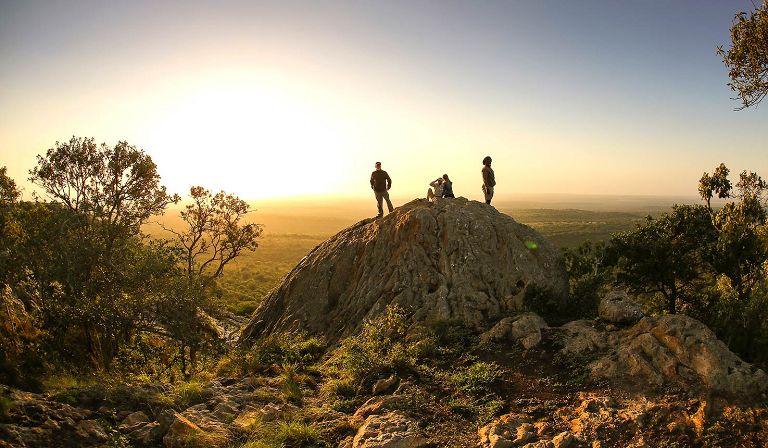
great conditions in most areas
December is generally considered to be a very good time of year to visit Ethiopia.
Most areas have a similar climate to the capital, Addis Ababa, with temperatures around 23C (74F) and rainfall down at 10mm (0.5”) for the month.
The Tissisat Falls on the Blue Nile at Bahir Dar are at their best during the high water period of Jul-Dec.
The Danakil Depression is the hottest place on earth, so conditions are never easy down there. November is one of the better months, when daytime temperatures usually ceiling around the 40C/104F mark.
The remote Gambella area is accessible at this time, but it is too early for the kob migration.
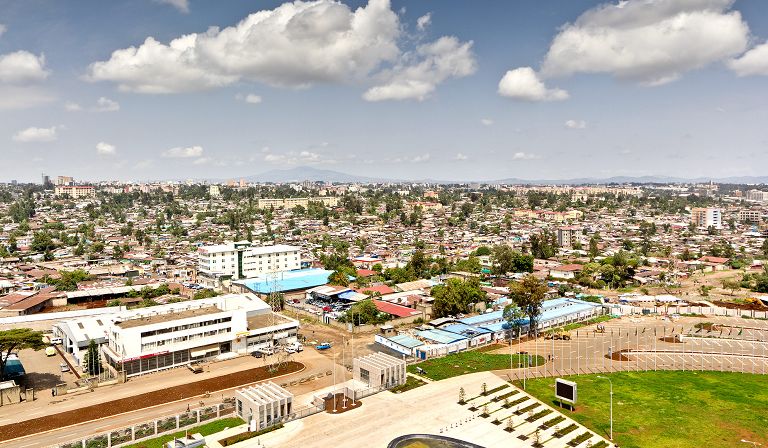
fabulous conditions, but very busy over the vacation period
December is generally considered to be a very good time to visit Egypt.
At this time of year, the temperatures are dropping to a comfortable 24C (75F), with rainfall down at 0mm (0”) and sunshine hours up at 9 hours per day, despite the shorter day length.
Temperatures at night can drop as low as 7C (44F).
Visitor numbers are medium through the early part of the month, then very high from around the 20th of December, creating an urgent need for early booking and traffic avoidance measures.
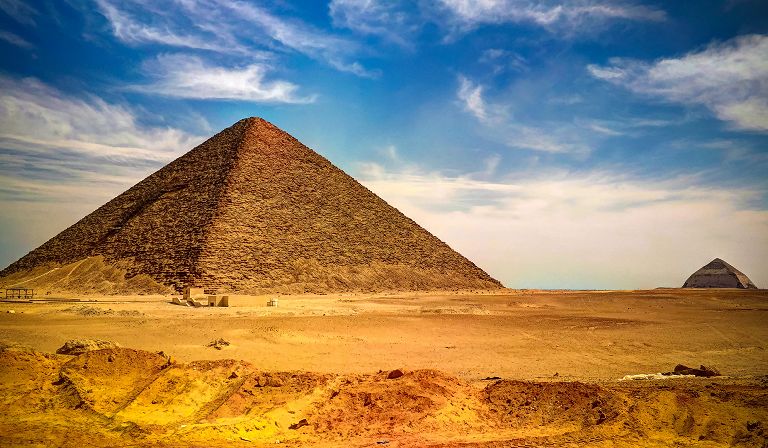
good conditions in all areas
December is generally considered to be a very good time to visit Chad.
The Ennedi Plateau area to the northwest experiences a relatively constant arid desert climate, with temperatures dropping to a year-round low of 32C (90F) and with rainfall down at 0mm (0”).
The Zakouma area to the southeast experiences a tropical climate, with temperatures up at a potentially uncomfortable 36C (97F), but with rainfall down at 1mm (0”).
Visitor numbers are always low.
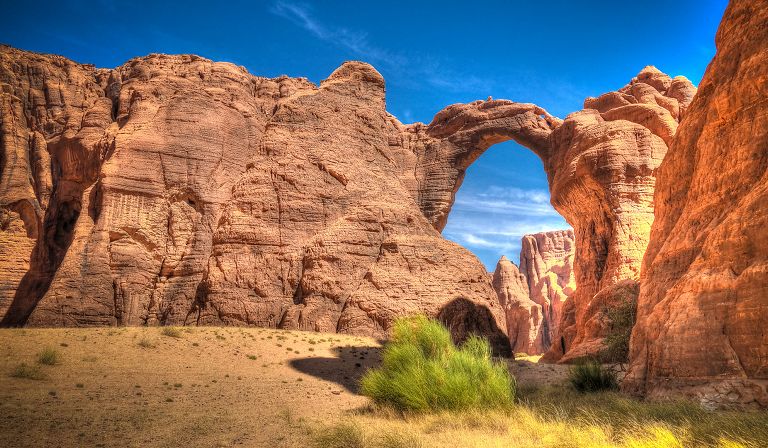
lovely cool and sunny weather for exploring
December is generally considered to be a very good time to visit Sudan.
At this time of year, the temperatures are dropping to a comfortable 24C (75F), with rainfall down at 0mm (0”) and sunshine hours up at 11 hours per day, despite the shorter day length.
Visitor numbers are always low.
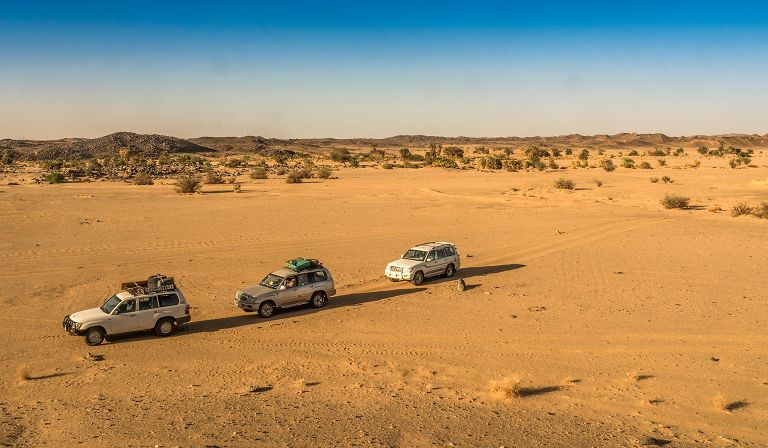
probably still hot and sticky, depending on the rains
December in Botswana is usually a continuation of the challenging conditions of the previous month.
The temperatures remain high, making for potentially uncomfortable nights in camps without air-conditioning (almost all of them). Once the rains properly break, temperatures should ease, but the timing of this event is unpredictable and can take place any time through this period. Even during rainy periods, the sunshine hours usually remain high.
Once the rains break, the wildlife starts to disperse away from the permanent sources of water in the Okavango Delta and Linyanti Waterfront, making wildlife viewing gradually less intense, but still relatively rich.
On the open grasslands of the Makgadikgadi area, large herds of wildebeest and zebras should be starting to congregate to have their young.
During the first three weeks of December, many camps are massively discounted, to compensate for these various adverse factors. Predictably, these prices rise again for a short period over Christmas and New Year.
The Cape (Cape Town, Whale Coast, Cape Winelands) has a converse seasonality to the rest of sub-Saharan Africa. It is early summer at this time, making it the perfect complement to a Botswana safari.
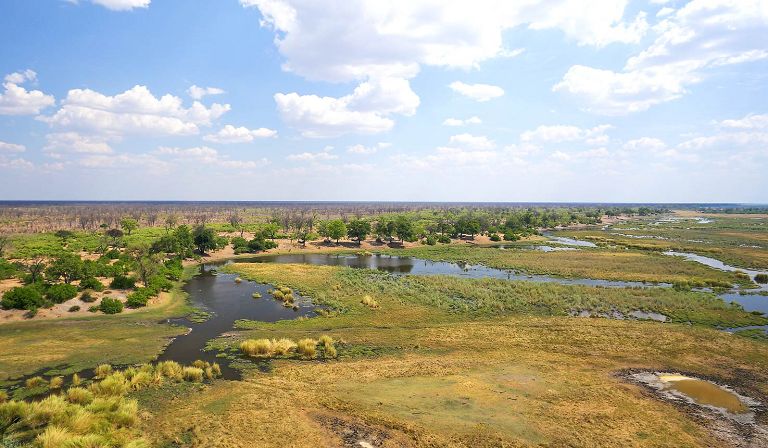
Further reading
- Safari in Africa
- The best countries for safari in Africa
- The best locations for safari in Africa
- The cost of safari in Africa
- The best time of year for safari
- The best locations for safari in Africa in January
- The best locations for safari in Africa in February
- The best locations for safari in Africa in March
- The best locations for safari in Africa in April
- The best locations for safari in Africa in May
- The best locations for safari in Africa in June
- The best locations for safari in Africa in July
- The best locations for safari in Africa in August
- The best locations for safari in Africa in September
- The best locations for safari in Africa in October
- The best locations for safari in Africa in November
- Why to choose us to help with your safari
let us know your thoughts about Africa
and we will make sure to deliver the perfect trip
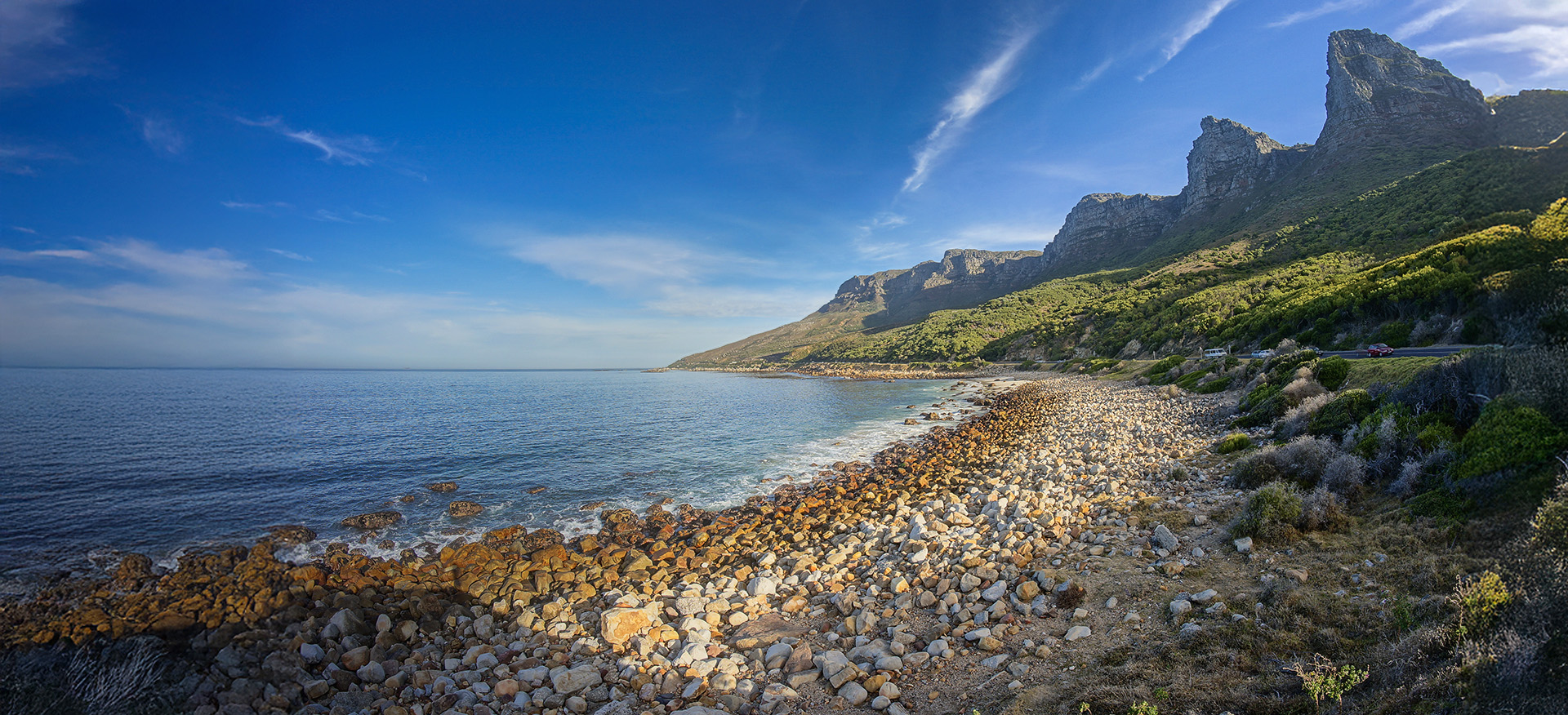
Extraordinary tailor-made adventures,
from earthy and edgy to easy and extravagant
From around USD 2500 per person, you set the ceiling
Sample Trips
Here are some of our popular trip shapes
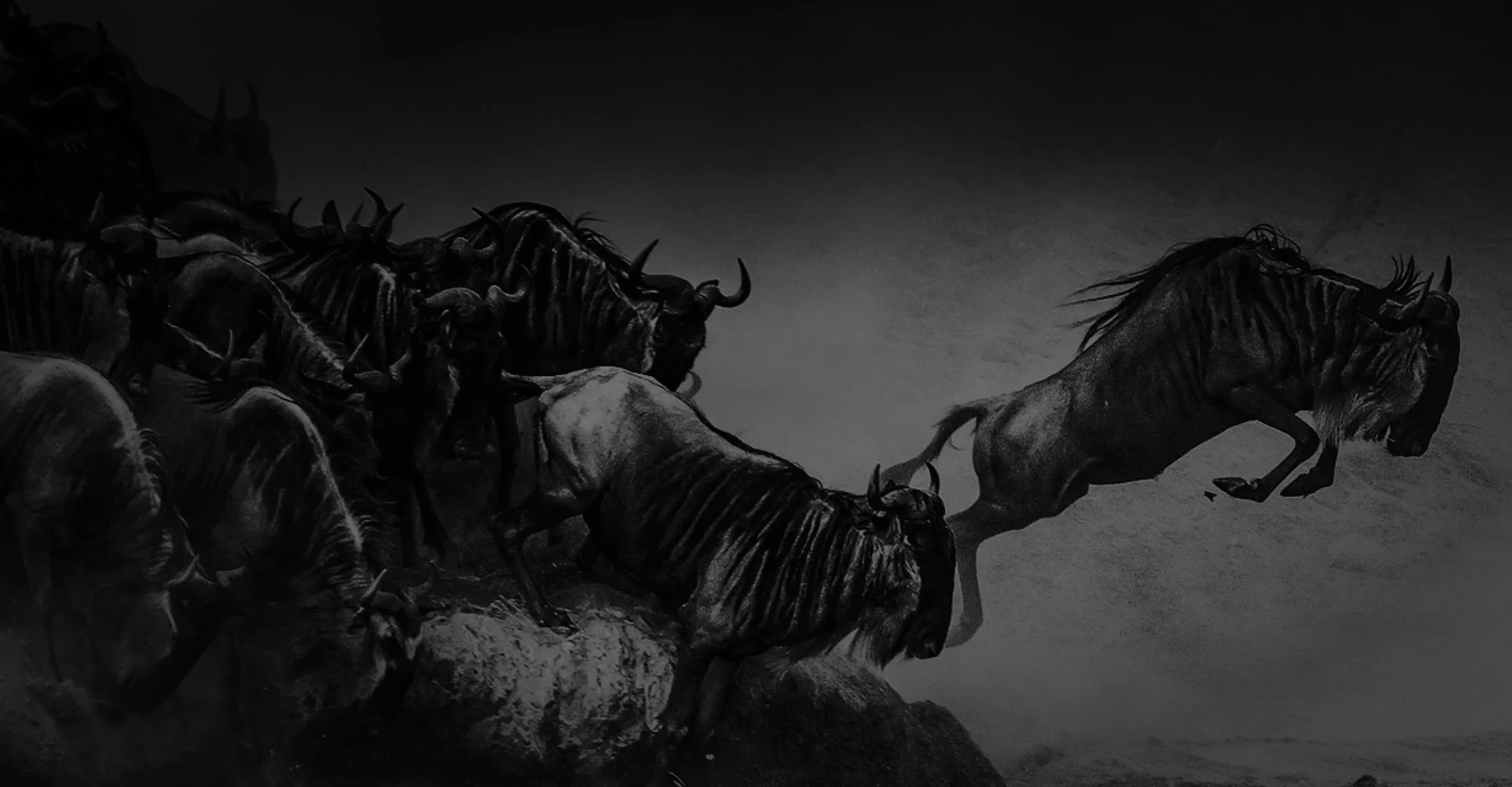
Get started on your trip
It’s never too soon to get in touch, we are here to help with every stage of your planning.
